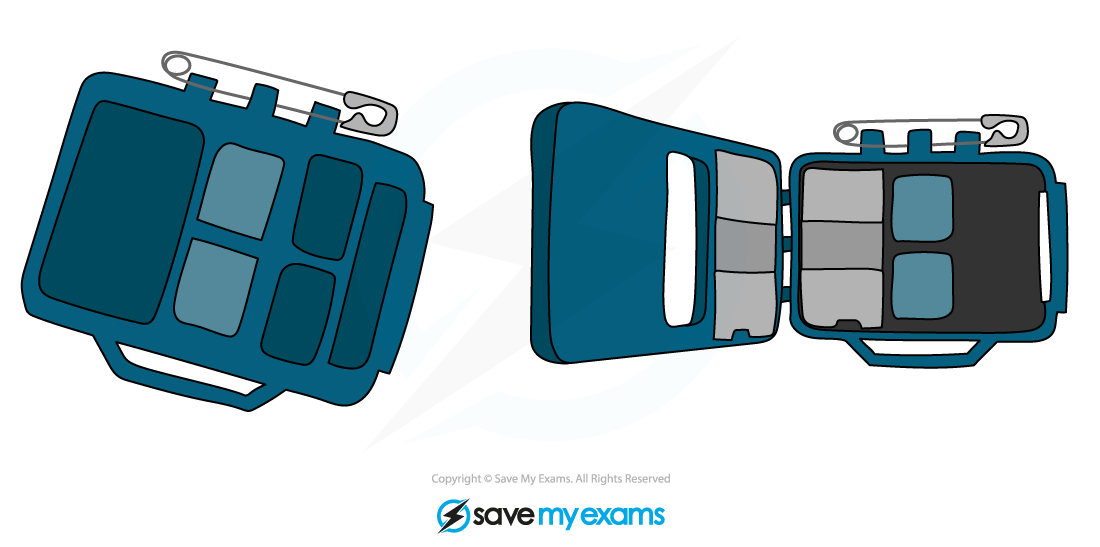Absorbed Dose (SQA National 5 Physics): Revision Note
Exam code: X857 75
Absorbed dose
Ionising radiation carries energy that can be transferred to matter when absorbed, potentially resulting in damage to biological tissues
The absorbed dose is defined as:
The amount of energy absorbed during radiation exposure per unit mass of tissue
The absorbed dose can be calculated using the following relationship:
Where:
= absorbed dose, measured in grays (Gy)
= energy, measured in joules (J)
= mass of tissue, measured in kilograms (kg)
Absorbed dose is a measure of the amount of energy deposited in the exposed tissue
It does not reflect the varying biological impacts of different radiation types on the body
The same absorbed dose from different kinds of radiation can cause different levels of biological damage
The potential biological harm from radiation exposure depends on:
the absorbed dose
the type of radiation
the specific organs or tissues affected
People who work with radiation, such as medical imaging or nuclear power, wear dosimeter badges to measure their absorbed dose over time
A dosimeter badge

Worked Example
A radiographer absorbs of energy per day whilst wearing a lead apron.
In one month, they work for 20 days. The mass of the radiographer is 86 kg.
Calculate the absorbed monthly dose absorbed by the radiographer.
Answer:
Step 1: Calculate the energy transferred to the radiographer in one month
In a month, the radiographer works for
The daily amount of energy absorbed is
Step 2: Calculate the absorbed monthly dose
Mass,
Step 3: Round to an appropriate number of significant figures
The last precise input value was 1 s.f.
Therefore, the final answer can only be given to the same precision

Unlock more, it's free!
Did this page help you?